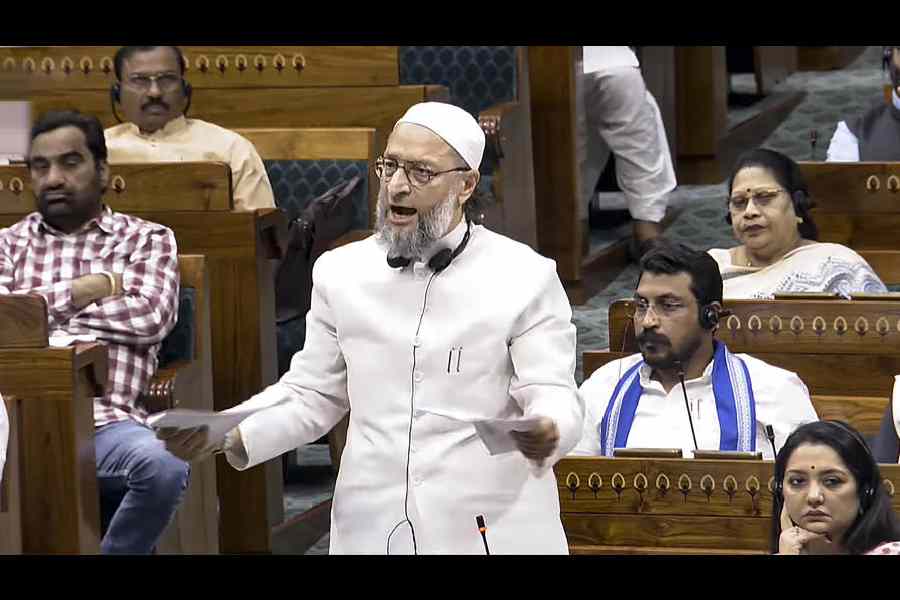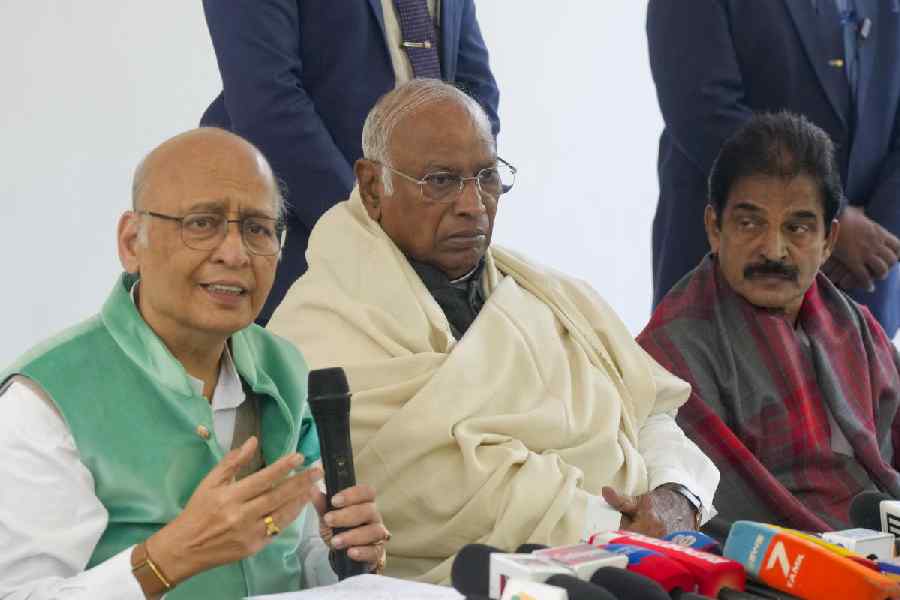The present debate on the new Waqf Act has primarily been revolving around legal technicalities and their implications. The problematic aspects of this law have been widely discussed in the public sphere, especially the possibility of growing centralisation and State control of Waqf bodies. The social and economic marginalisation of Muslims has also been underlined to provide a proper political context to the Waqf debate. These critical responses to the new Waqf Act are quite useful for evaluating the ever-changing official attitude of the State towards minority-run institutions, which are protected by the Constitution itself.
There is, however, a need to expand the scope of this debate. The Waqf Bill, we must remember, was not the only official document that was released by the government this time. The ministry of minority affairs issued an ‘Explainer’ in September 2024. This was followed by the Press Release — ‘Waqf Amendment Bill, 2025: The History of Waqf in India’, which was issued on April 3, 2025. These supportive documents are very important to understand the overarching framework, which is used to redefine the status of Waqf institutions in the country. Written in the FAQ format, these texts provide ready-to-use answers to shape public perceptions from the point of view of the government.
A close reading of the Explainer (2024) and the Press Release (2025) suggests that the new framework of Waqf is based on four considerations: how to define Waqf in religious terms? How to historicise Waqf in the Indian context? How to deal with the legal story of Waqf? And, finally, how to justify the new law?
The Explainer relies on a broad and acceptable definition of Waqf. It notes, “Waqf means that the ownership of the property is now taken away from the person making Waqf and transferred and detained by Allah… Once designated as waqf, the ownership is transferred from the person making the waqf (waqif) to Allah, making it irrevocable.”
This definition becomes slightly complicated when we are introduced to the history of Waqf. Instead of tracing the origin of this concept in the early Islamic society during the time of the Prophet, the Explainer offers us a brief and problematic Indian story of Waqf. It notes: “In India, the history of Waqf can be traced back to the early days of the Delhi Sultanate when Sultan Muizuddin Sam Ghaor dedicated two villages in favour of the Jama Masjid of Multan and handed its administration to Shaikhul Islam. As the Delhi Sultanate andlater Islamic dynasties flourished in India, the number of Waqf properties kept increasing.”
This is a debatable observation for two reasons. First, it establishes a direct link between the origin of Waqf in India and the inception of so-called Muslim rule. The claim that Muslim rulers dedicated land and properties in the name of Allah is based on an old colonial assumption that Muslim rule in India was purely guided by religious considerations. The Explainer, in other words, wants us to believe that an increasing number of Waqf properties was the outcome of political authority and control enjoyed by Muslim rulers in medieval India. We must remember here that the modern idea of sovereignty, which empowers the State to claim unquestionable authority over land and territory, did not exist in medieval South Asia. The dedication of land and property in the name of god was an acceptable social norm at that time. That might be the reason why religious places of worship are traditionally called the house of god.
There is another problem with this simplistic and linear story of Waqf in India. The rise of Muslim communities in South Asia played a significant role in the phenomenal growth of Waqfs. A large number of mosques, graveyards, dargahs, and khanqahs came into existence at the local level. These places of worship symbolise a dual process — the localisation of Islam as well as the Islamisation of local traditions. The pioneering work of the historian, Richard Eaton, shows how the architecture of mosques — a purely Islamic place of worship — inspired by the context-specific elements of other religious buildings eventually merged into the cultural environment as an acceptable built form dedicated to spiritual needs.
The legal story offered by the Explainer is equally tricky. It says: “… there was a case made for the abolition of Waqfs… in the late 19th Century when a dispute over a Waqf property ended up in the Privy Council of London… The four British judges who heard the case described the Waqf as ‘a perpetuity of the worst and the most pernicious kind’ and declared Waqf to be invalid. However, the decision by the four judges was not accepted in India, and the Mussalman Waqf Validating Act of 1913 saved the Waqf... Since then, no attempt has been made to curb Waqfs.”
The idea of Waqf is shown here to be a legally problematic entity. It is true that the new property regime introduced by British rule in the 18th century found it difficult to deal with those lands that were dedicated for religious purposes in the past. They were not merely concerned about Waqfs; the land owned by temples, mutts and gurdwaras were equally puzzling issues for the British. That was the reason why a number of laws relating to different religious places of worship and endowments were enacted during the colonial era. The legal history of Waqf, therefore, must be seen as an inseparable aspect of this modern legal trajectory. The purpose of this kind of legal intervention, we must note, was not to ‘curb Waqf’ but to facilitate its effective management.
This brings us to the final point: how to justify the present law? The Explainer questions the very existence of Waqf as a community-specific entity. It claims that the “Waqf Act is a special Act for religious properties of only one religion of the country, when no such law exists for any other religion.” This criticism becomes meaningful when the 2025 Act makes provisions to include non-Muslims in the Waqf management system. The Press Release expands the scope of this claim. It says “… the changes in Waqf laws in India… show a strong effort to protect and manage Waqf properties for society’s benefit… Waqf Amendment Bill 2025 is an important step toward making Waqf management more transparent, responsible, and inclusive.” This explanation clearly underlines a strong plea for what may be called the nationalisation of Waqf in India. The 2025 Act, in this sense, is presented as a legal mode to achieve this wider objective.
There is a need to engage with this new framework of Waqf — not only to understand the foundational sources of the Waqf Act 2025 but also to make sense of the kind of politics it may produce in future.










